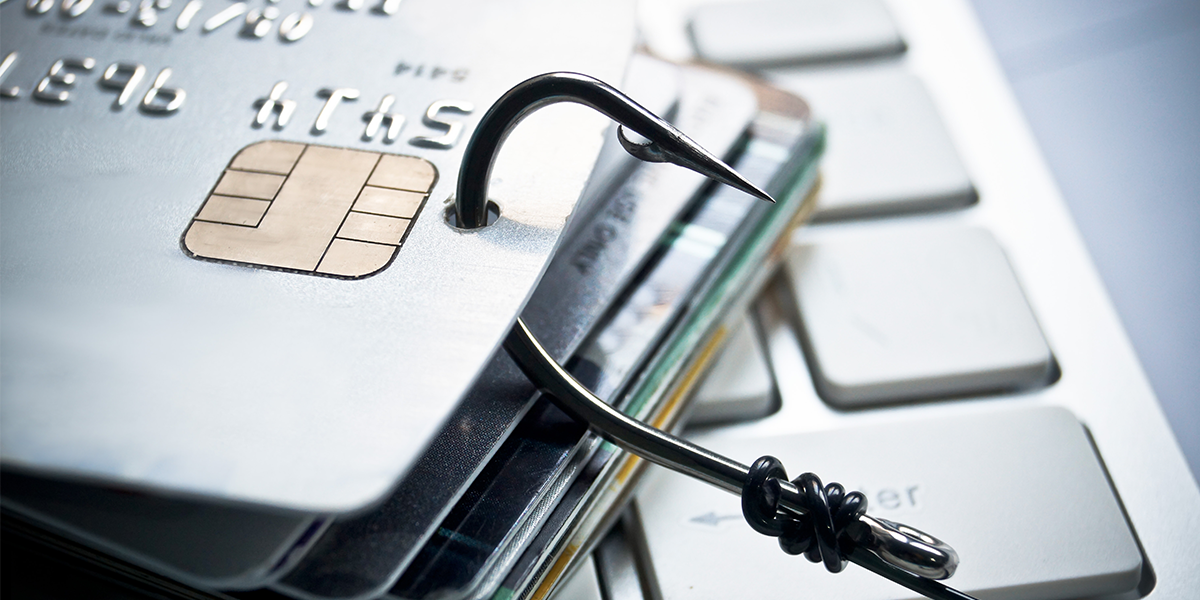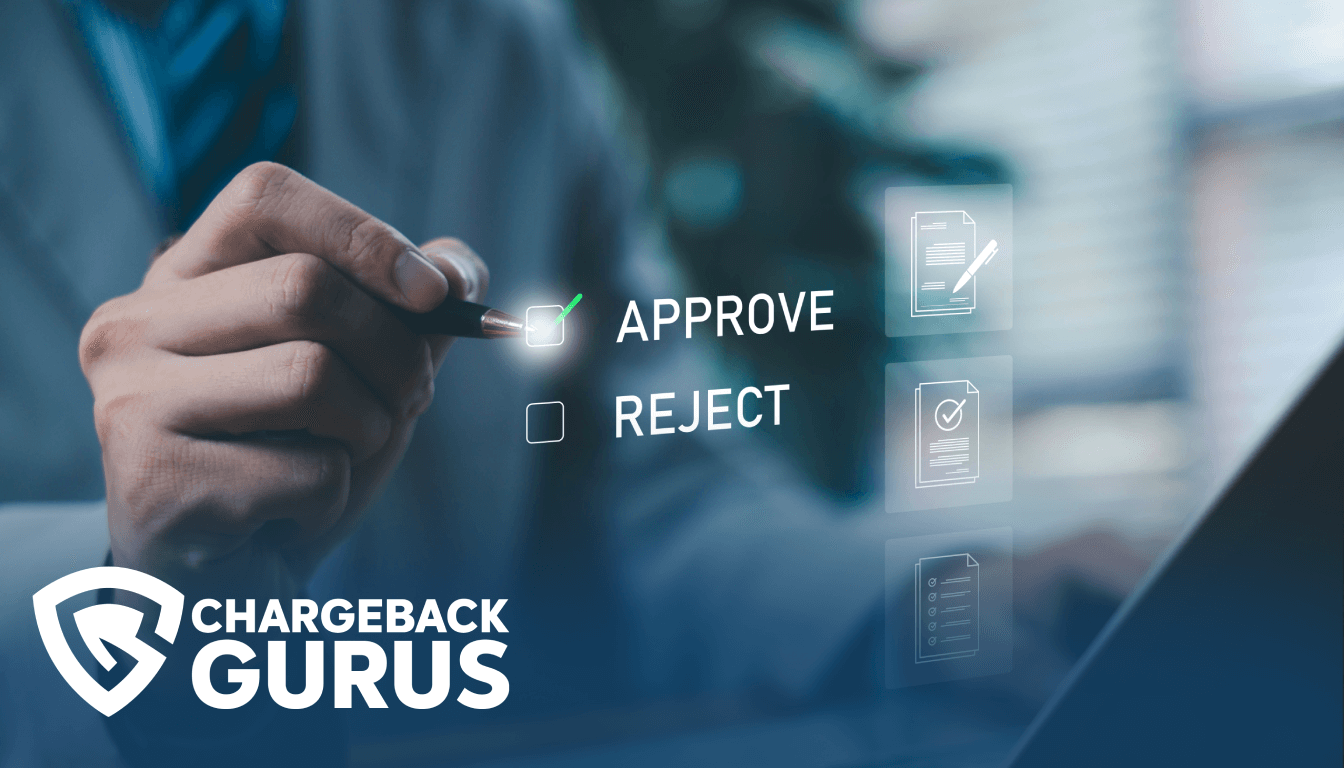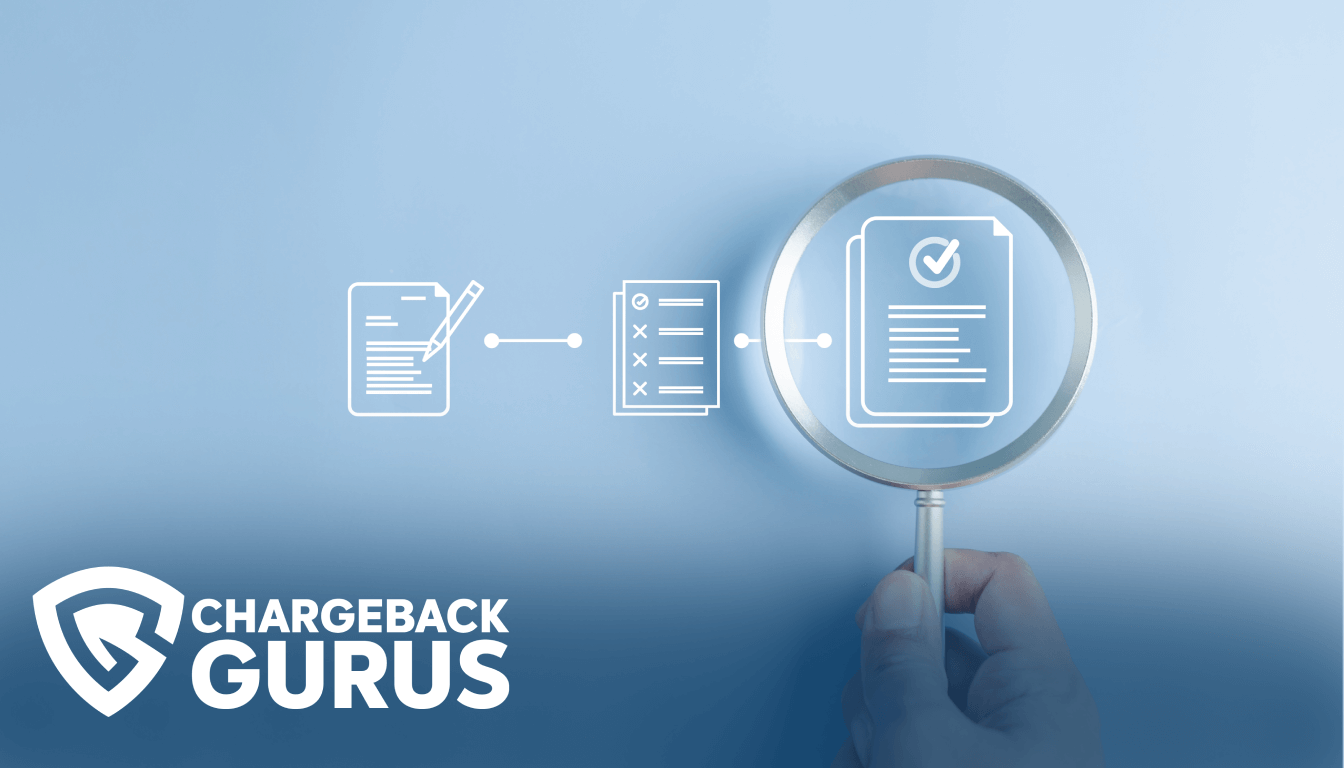American Express Chargeback Reason Code F31: Fraud
Table of Contents
- What is American Express chargeback reason code F31?
- What causes code F31 chargebacks?
- What's the time limit to respond to code F31 chargebacks?
- How can merchants fight code F31 chargebacks?
- How can merchants prevent code F31 chargebacks?
- About American Express chargeback reason codes
Merchants who receive a chargeback for a transaction placed with an American Express card may encounter reason code F31, which indicates an unauthorized transaction that the cardholder does not believe they should be responsible for paying. The actual underlying cause of this chargeback may be true fraud, friendly fraud, or merchant error. Merchants who believe they have received an invalid chargeback under reason code F31 may be able to represent the transaction and reverse the chargeback with the right compelling evidence.
What is American Express chargeback reason code F31?
American Express chargeback reason code F31 falls under the “Fraud” category. The shorthand description is “EMV Lost/Stolen/Non-Received.” This reason code means that a cardholder is claiming that the transaction is fraudulent and their card was lost, stolen, or never received in the first place.
This reason code is not supposed to be used for contactless payments, digital wallet payments, or charges that qualify for the “No PIN” program.
What causes code F31 chargebacks?
This reason code is supposed to be used only when an EMV chip card has been stolen by a fraudster, and a card-present merchant uses the magnetic stripe or a manual keyed entry to process a transaction.
Fraudsters can often get away with a lot on a new card that they’ve intercepted in the mail, as the cardholder may just assume the delivery was delayed and isn’t likely to check online statements for a card they haven’t started using yet.
Of course, it is also sadly common to encounter friendly fraud chargebacks where the cardholder is falsely claiming that their card was lost or stolen.
Merchants who do not follow the correct procedures for processing EMV chip transactions leave themselves vulnerable to erroneous and fraudulent chargebacks.
What's the time limit to respond to code F31 chargebacks?
The acquirer or merchant has 20 days to respond to a chargeback filed under reason code F31
How can merchants fight code F31 chargebacks?
Merchants can fight this code F31 chargebacks by providing evidence proving that they properly scanned the EMV chip or that the purchase was a card-not-present transaction and proper procedures were followed.
Merchants who have already issued a refund for the transaction in question can also present evidence of this to have the chargeback reversed.
How can merchants prevent code F31 chargebacks?
Carefully following the recommended guidelines for EMV chip transactions is the best way for merchants to prevent code F31 chargebacks. Even in cases where a card is lost or stolen, the merchant won't be liable if an EMV chip transaction was processed correctly.
- Only use EMV-compliant point-of-sale terminals. If you have any older devices that don’t have chip readers, replace or upgrade them immediately.
- Always use the correct cardholder verification method (signature or PIN) for the type of transaction you’re processing.
- Make sure you differentiate between card-not-present and card-present transactions during clearing by noting internet, phone, or mail orders.
While most merchants are aware of the proper and secure procedures for handling EMV chip card transactions, many will still take the risk of running an uncooperative card with the magnetic stripe or manual entry rather than lose out on a sale. While this is understandable, it does put those merchants in a losing position when those transactions later become chargebacks.
About American Express chargeback reason codes
Reason codes are alphanumeric codes that provide the justification for granting a chargeback. Pursuant to the Fair Credit Billing Act of 1974, cardholders have the right to dispute unauthorized or erroneous charges, and issuing banks must reverse a disputed transaction if the cardholder’s claim is valid.
When a cardholder contacts their issuing bank to dispute a transaction and receive a chargeback, the dispute is assigned a reason code that most closely matches the substance of the cardholder’s claims. The reason code provides the merchant and other stakeholders in the dispute with a concise explanation for why a chargeback has been granted.
Each card network — Visa, Mastercard, American Express, and Discover — defines and maintains their own unique set of reason codes, which are applied to disputes by the banks that issue credit and debit cards under their brands.
As both a card network and an issuer, American Express specifies 34 reason codes under the categories of Fraud, Authorization, Processing Errors, Card Member Disputes, and Inquiry/Miscellaneous. Each American Express reason code consists of one or more letters, indicating the category, and a number that identifies the specific dispute reason.
Understanding chargeback reason codes is one of the most essential parts of effective chargeback management. Identifying the chargeback reason code and the evidence required to fight it is the first step in chargeback representment, and analyzing your chargeback reason codes can provide you with insights into what types of disputes are causing you the most trouble. With this information, you can determine the root causes of your chargebacks and take action to prevent them from reoccurring.



